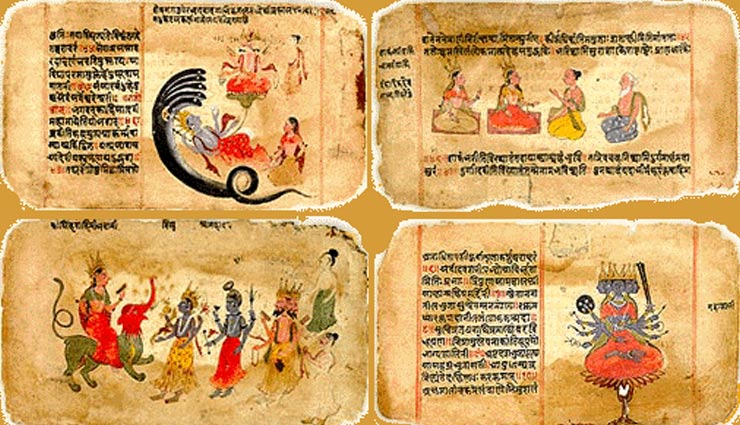

For example: Shiva — damru, Vishnu — shankh, Saraswati — veena, Ganesha — mridang, Krishna — flute and Narad — ektara. In Hindu mythology, each God is associated and identified with a particular musical instrument or some aspect of music. The apasaras were the dancers the kinnaras were the instrumentalists and the gandharvas, celestial singers. Indra’s musicians in Swargalok excelled in various forms of this art. To this day, the chants are in three accented musical patterns called swaras, precursor of the present seven-note musical system. Vedic chants are set in a musical pattern, collectively known as Samgan. Lord Krishna in the Gita identifies himself with the Sama Veda: ‘‘Of all the Vedas, I am the Sama Veda’’. It serves as a textbook for priests officiating at Soma sacrifices. It is a compendium of melodies, chants and rules required for the recitation of sacred hymns. Indian musical traditions trace the origin of music to the Sama Veda. Ordinary human beings are engaged with the ahat nada. It is the internal sound they hear, after prolonged meditation and arduous yogic discipline. The anahata nada is most significant for yogis who have reached the highest level of consciousness. When the gross form of sound emanates from the vocal chord and is sweet and soothing, it is called sangeetam or music. It evolves first in a causal form as anahata and then in a gross form, ahat. Sound originates in living beings from the friction between air — pran vayu or vital breath and agni or heat energy (will power).

The ahat or struck sound is audible whereas the anahata orunstruck sound is inaudible. According to Vedic literature music originated from nada or sound, which is the product of akash or ether.

This is evident in the Bhagavad Gita where Lord Krishna says: ‘‘I am the syllable Om in all the veda and sound in ether’’. It refers to all that is manifest and beyond.

Om is the principal name of the Supreme Being. Since Om is related to the beginning of the universe, Hindus consider it the most sacred syllable with which Vedic mantras commence. Vedic rishisbelieved that the evolution of the Brahmand or universe was caused as a result of Bindu Visphot or an atomic explosion, that produced infinite waves of sound, which represent cosmicascent and expansion. In Vedic parlance it is called Nada Brahma or the Sound Celestial. V K RangraAccording to the Hindu view of creation, it was sound and not light that appeared first.


 0 kommentar(er)
0 kommentar(er)
